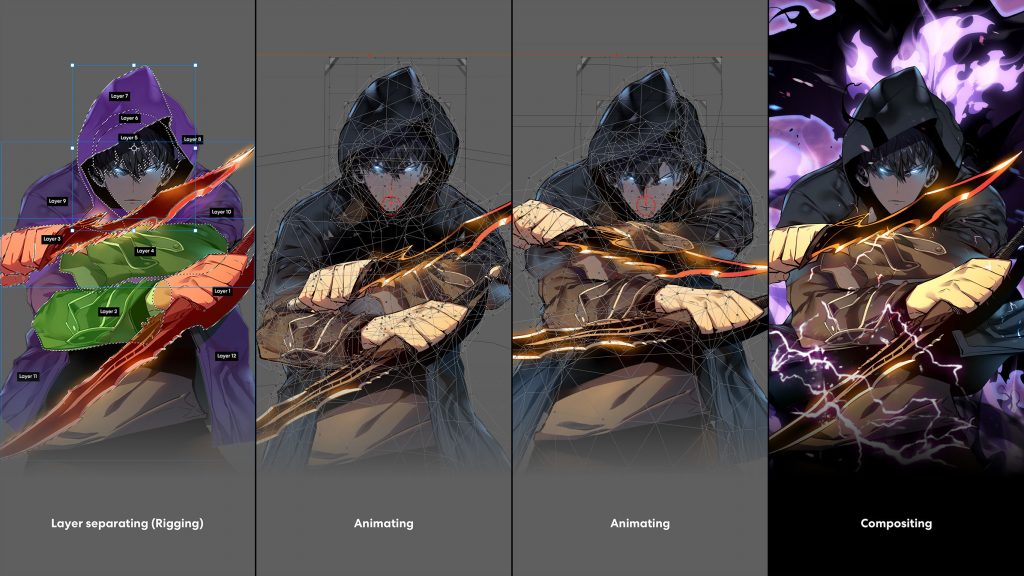In the vast landscape of digital media, webtoons have emerged as a captivating form of storytelling, bridging the traditional comic book format with the dynamic capabilities of the internet. Unlike their printed counterparts, webtoons are tailor-made for online consumption, optimized for viewing on screens of various sizes, from smartphones to tablets and desktops. This shift from panels to screens has revolutionized the way stories are told and consumed, opening up new avenues for creators and audiences alike. One of the defining features of webtoons is their vertical scrolling format, which allows for seamless navigation through the narrative. Gone are the constraints of page-turning, replaced instead by a fluid experience where readers can effortlessly immerse themselves in the story with a simple swipe or scroll. This format not only enhances readability but also encourages binge-reading, as readers can easily consume multiple episodes in one sitting, much like streaming episodes of their favorite TV shows.

Creators can incorporate sound effects, animations, and even interactive elements into their storytelling, blurring the lines between traditional comics and other digital media forms. This multimedia approach not only enhances the visual appeal of webtoons but also creates a more immersive and dynamic reading experience, captivating audiences in ways that static panels alone cannot achieve. The accessibility of webtoons further contributes to their widespread popularity in the digital age. With a plethora of platforms and apps available, readers can easily discover and enjoy a diverse range of content from creators around the world. This democratization of storytelling has empowered aspiring creators to share their work with global audiences, bypassing the traditional gatekeepers of the publishing industry. Additionally, the episodic nature of webtoons allows for real-time interaction between creators and readers, fostering a sense of community and belonging within online fandoms. Beyond entertainment, webtoons also serve as a medium for exploring complex themes and social issues. From slice-of-life dramas to fantastical adventures, webtoons cover a broad spectrum of genres, allowing creators to address topics such as identity, mental health, and cultural diversity with depth and nuance. Through compelling characters and rich storytelling, webtoons have the power to resonate with audiences on a personal level, sparking conversations and fostering empathy in ways that transcend linguistic and cultural boundaries.
As the digital landscape continues to evolve, creators must navigate issues such as monetization, copyright protection, and platform algorithms. Balancing creative freedom with financial sustainability remains a constant struggle for many creators, as they seek to maintain artistic integrity while also earning a livelihood from their work. Additionally, the abundance of content available online can make it difficult for individual webtoons to stand out amidst the noise, requiring creators to employ savvy marketing strategies and cultivate loyal fan bases to ensure visibility and success. In conclusion, webtoons represent a groundbreaking evolution in the realm of digital media, revolutionizing the way stories are told, shared, and experienced in the digital age. From their vertical scrolling format to their multimedia storytelling techniques, 툰코 have redefined the comic book medium for a new generation of readers, offering a diverse and accessible platform for creative expression and exploration. As technology continues to advance and audiences increasingly turn to digital platforms for entertainment, the future of webtoons appears brighter than ever, promising endless possibilities for innovation and storytelling in the era of screens.
